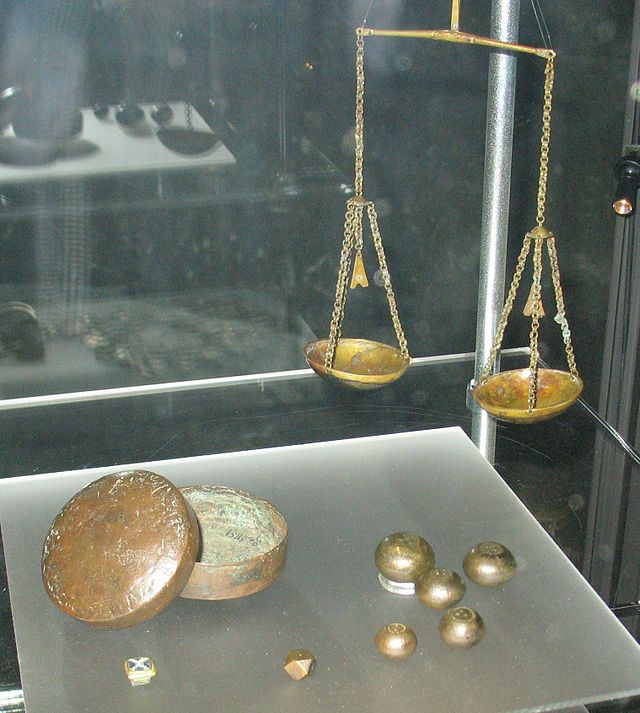Tenth-century Arab writers report that the Scandinavians often exchanged their wares for silver. Islamic silver coins and artefacts discovered in Scandinavia reveal the nature and the extent of contact between Muslims and Norsemen. Scandinavian economy was non-monetary. Islamic coins, called dirhams, were a desirable commodity for the Scandinavians. They used silver both for its ornamental and monetary value. Frequently, coins were melted down to become ingots (blocks of metal) or jewellery. Likewise, both jewellery and coins were cut up deliberately into small pieces. Some of these pieces bear checkmarks, which indicate a test to see if the silver was genuine. Silver in this form is called 'hack-silver'. It was common practice to place hack silver on scales to weight, and reach the value needed for a payment. Large amounts of hoards containing silver dirhams, jewels, and hack silver were buried for safety along the route from Bulghar to Scandinavia. Many of these treasures were never to be recovered by their owners. Large numbers of Arab coin finds date to the ninth and tenth centuries. The date and mints stated on dirhams give valuable information on the Viking journeys, the time period, and the reason for the concealment of those hoards. The most representative mints are those of Samarkand, Tashkent, and Baghdad. At the end of the tenth century, when the Islamic silver supply waned, the Scandinavians searched far and wide for other sources of silver in Anglo-Saxon England, Ireland, Germany and Byzantium.
Silver & hoarded treasures
Tenth-century Arab writers report that the Scandinavians often exchanged their wares for silver. Ibn Rustah, a Persian explorer and geographer, writes in AD 903-913: "They earn the ...


